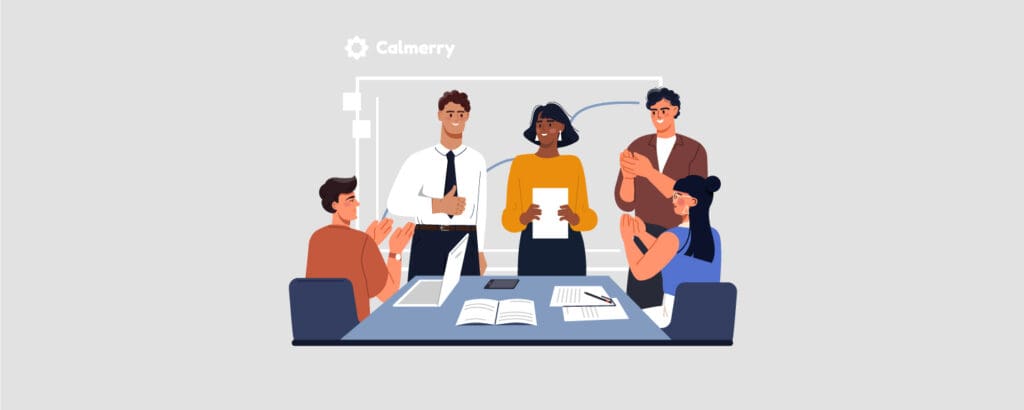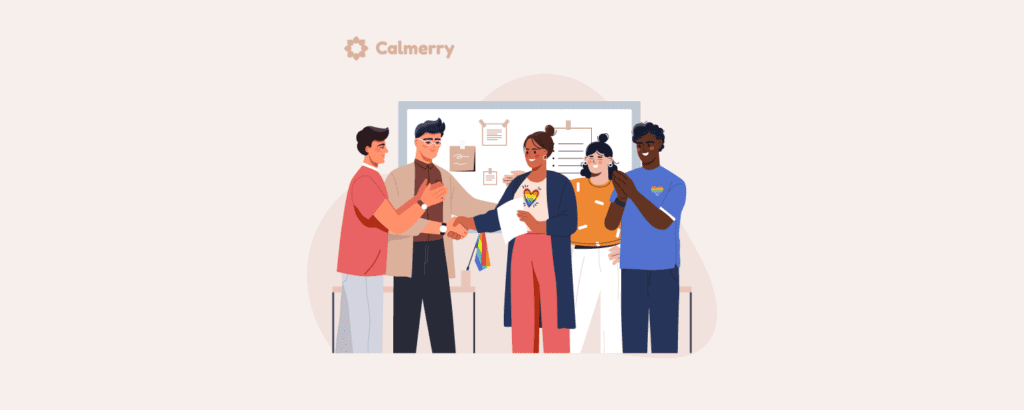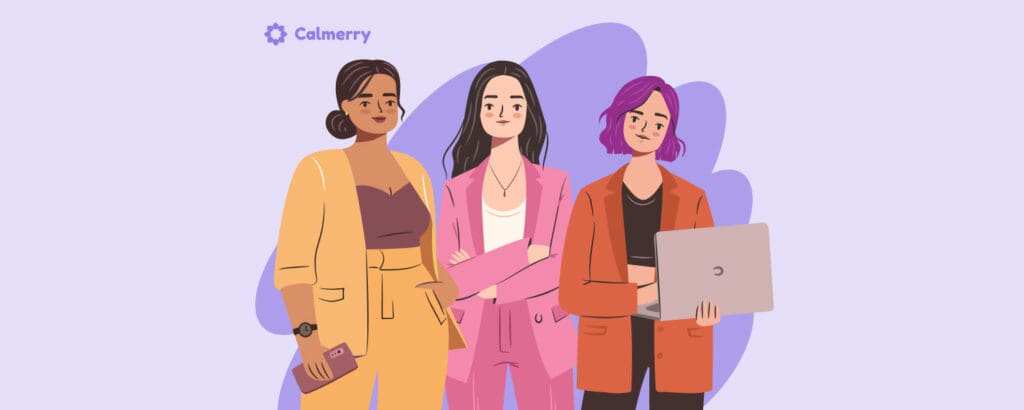Microaggressions in the Workplace: What to Know and Tips for Responding

In this article
It’s no secret that workplace culture and expectations have changed dramatically in recent years. Cultural diversity and equality, inclusiveness, and healthy working environments have come to the forefront.
Along with those goals have come new ways of creating relationships and new standards and ways of thinking about interactions.
One aspect of interaction that has gained attention is that of microaggression. While it’s not a new concept, it has gained attention as the focus on cultural diversity and equality has grown.
While aggression has long been deemed inappropriate for the workplace, the term “microaggression” leaves many wondering what it actually means and what it means for the workplace.
What are microaggressions?
Microaggression is a term that was first coined in the 1970s by Harvard professor Chester Pierce to describe the common, everyday slights and indirect, subtle discriminations that Black people experienced from their White counterparts. [1] Microaggression. (2023, August 13). In Wikipedia. https://en.wikipedia.org/wiki/Microaggression
Over time, as the focus on diversity and equality has grown, the concept of microaggression has expanded.
Today, microaggressions are more broadly defined as common, often quite subtle, verbal and non-verbal behaviors such as slights, snubs, or insults, whether intentional or not, that send negative messages to and can create a hostile or negative environment for people in any disenfranchised group. [2] Garibay, J. C. (2014). Diversity in the Classroom (UCLA). https://equity.ucla.edu/wp-content/uploads/2016/06/DiversityintheClassroom2014Web.pdf
The actions are based solely upon a person’s membership in that group. Those groups include (but may not be limited to):
- Women
- Members of BIPOC communities
- Religious minorities
- People with disabilities
- Members of the LGBTQIA2S+ community
Microaggressions are thought to be born from unconsciously held beliefs, biases, and prejudices demonstrated through daily interactions.
However, being unaware does not make these types of communication any less hurtful to others. These interactions can seem harmless, they are a form of discrimination. And they happen more often than you might think.
Statistics on microaggressions in the workplace
Because they can be so subtle, common microaggressions in the workplace may go unnoticed.
Increasing awareness has prompted researchers to take a closer look. Their findings suggest that microaggressions in the workplace are common and problematic:
- 26% of American workers have experienced microaggressions at work. Another 22% aren’t sure. [3] Study: microaggressions in the workplace | SurveyMonkey. (2023, August 9). SurveyMonkey. https://www.surveymonkey.com/curiosity/microaggressions-research/
- 36% of American workers have witnessed microaggressions at work. Another 24% aren’t sure. [3] Study: microaggressions in the workplace | SurveyMonkey. (2023, August 9). SurveyMonkey. https://www.surveymonkey.com/curiosity/microaggressions-research/
- 64% of women report having experienced gender-based microaggressions at work. [4] Women in the Workplace 2022. (2022, October 18). McKinsey & Company. https://www.mckinsey.com/featured-insights/diversity-and-inclusion/women-in-the-workplace
- 24% of persons of color and members of ethnic minorities report having experienced microaggressions in the workplace, with Black workers reporting some of the highest rates. [5] Lloyd, B. C. (2022, September 28). One in Four Black Workers Report Discrimination at Work. Gallup.com. https://news.gallup.com/poll/328394/one-four-black-workers-report-discrimination-work.aspx
- About one-third of LGBTQIA2S+ employees report having experienced microaggressions, with bisexual and transgender persons the most likely to report experiencing microaggressions at work. [6] Active allyship: Do your LGBTQ+ employees feel supported and included? (2022, June 29). McKinsey & Company. https://www.mckinsey.com/featured-insights/diversity-and-inclusion/active-allyship-do-your-lgbtq-plus-employees-feel-supported-and-included
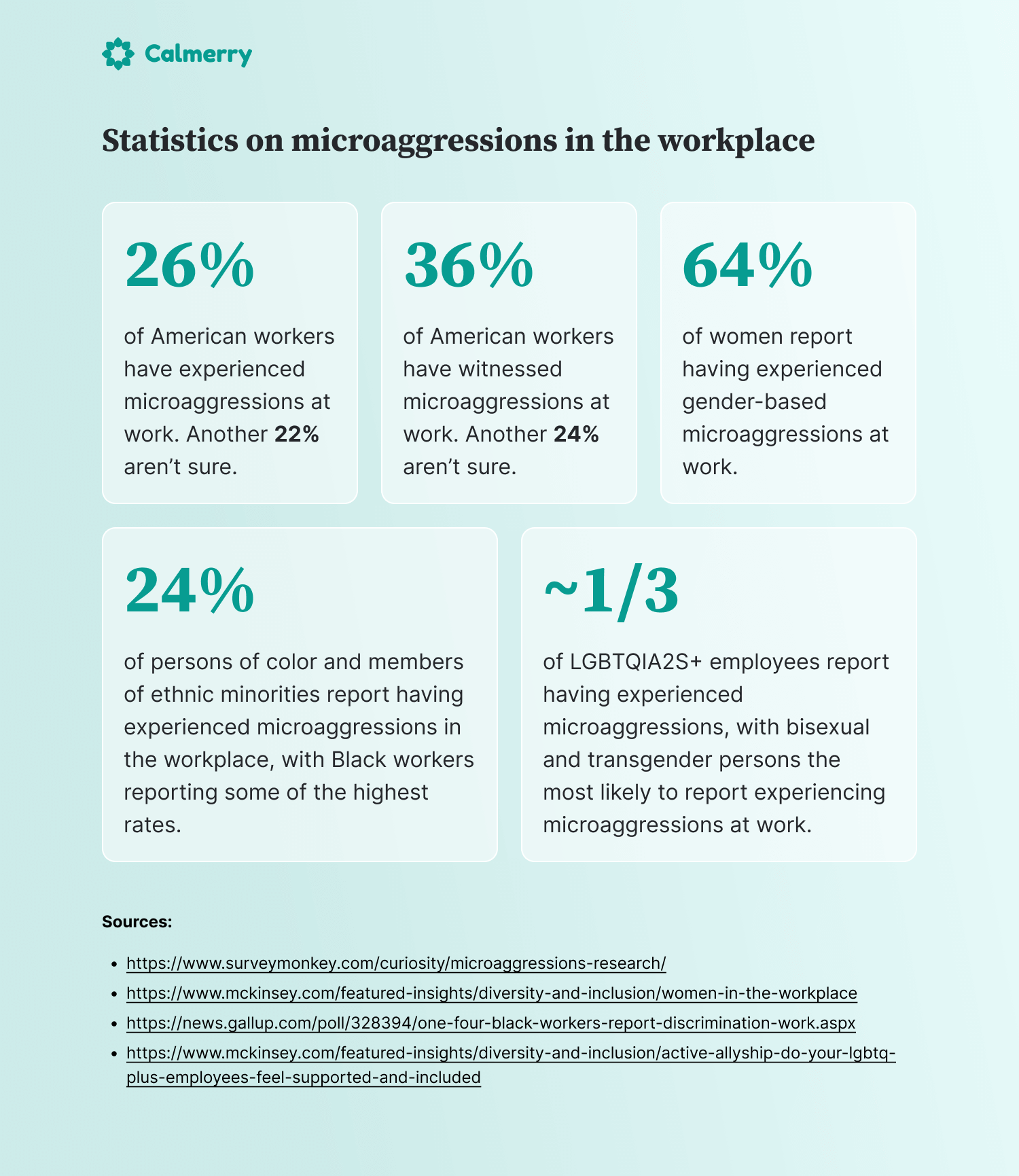
Effects of workplace microaggressions
While these subtle acts may seem trivial to the recipient, the effects can be quite impactful.
Physical and emotional effects
Dealing with microaggressions over time has been down to having profound and cumulative effects on one’s physical and emotional well-being. [7] Pascoe, E. A., & Smart Richman, L. (2009). Perceived discrimination and health: a meta-analytic review. Psychological bulletin, 135(4), 531–554. https://doi.org/10.1037/a0016059
Some of those effects include:
- Poor sleep
- Increased blood pressure
- Unhealthy coping (e.g., smoking, drinking, overeating)
- Depression
- Psychological distress
- Anxiety
- Decreased sense of well-being
Studies have found that people who experience microaggressions and discrimination more often have a higher risk of depression and suicidality. [8] O’Keefe, V. M., Wingate, L. R., Cole, A. B., Hollingsworth, D. W., & Tucker, R. P. (2015). Seemingly Harmless Racial Communications Are Not So Harmless: Racial Microaggressions Lead to Suicidal Ideation by Way of Depression Symptoms. Suicide & life-threatening behavior, 45(5), 567–576. https://doi.org/10.1111/sltb.12150
Workplace effects
More specifically to the workplace, microaggressions can have a negative impact on the person as well as the entire workplace environment.
Studies [9] Smith, I. A., & Griffiths, A. (2022). Microaggressions, Everyday Discrimination, Workplace Incivilities, and Other Subtle Slights at Work: A Meta-Synthesis. Human Resource Development Review, 21(3), 275–299. https://doi.org/10.1177/15344843221098756 have shown that over time, these subtle slights can lead to:
- Decreased job performance
- Dissatisfaction
- Disengagement
- Turnover as people leave non-supportive workplaces
Over time, this environment takes a toll on an employee’s sense of psychological safety and well-being.
Types of microaggressions in the workplace
Microaggressions are generally described as one of three types of behavior [10] Microaggressions in Everyday Life: Race, Gender, and Sexual Orientation. (2010, March 8). Wiley.com. https://www.wiley.com/en-us/Microaggressions+in+Everyday+Life:+Race,+Gender,+and+Sexual+Orientation-p-9780470491409 toward someone:
- Microassaults – These behaviors are explicit, deliberate, and intentional insults or slights meant to hurt the other person. An example of microassaults might be name-calling or using slurs, moving seats if a person sits next to you, or jokes about a particular racial or ethnic group.
- Microinsults – The most common and the most harmful type of microaggression, these behaviors most often take the form of rude or insensitive comments that disrespect or demean a person’s racial heritage or identity. Examples of microinsults include assuming someone can’t achieve a goal because English is not their first language, or an able-bodied person speaking to a person in a wheelchair as if they are a child or ignoring them completely and addressing their care companion.
- Microinvalidation – These actions discredit or minimize a person’s thoughts, feelings, or experiential reality of being part of a particular group. In other words, these actions send the message to the person that their experiences aren’t real or valid. The recipient may be left feeling, “Is it my fault?” or “Am I overreacting?” When someone says, “I don’t see color,” thus minimizing a person’s identity or asking a person of color where they “come from,” implying they are “foreign” or don’t belong, are examples of microinvalidation.
Interestingly, microaggressions can be embedded within the work environment, too. Some examples might include:
- A business with few women or people of color in leadership roles
- A campus with buildings or other areas all named after white males
- A library that doesn’t reflect the diversity of its patrons
Examples of microaggressions in the workplace
Recognizing microaggressions is no easy task. They are subtle and can show up in many settings and many ways, seemingly innocuous but nonetheless harmful.
On the surface, they can sometimes sound like benign conversation, but the meaning can run much deeper.
Microaggressions target members of marginalized groups. Racial/ethnic and gender microaggressions are among the most frequently reported.
Here are some examples of common microaggressions in the workplace and why they are considered microaggressions.
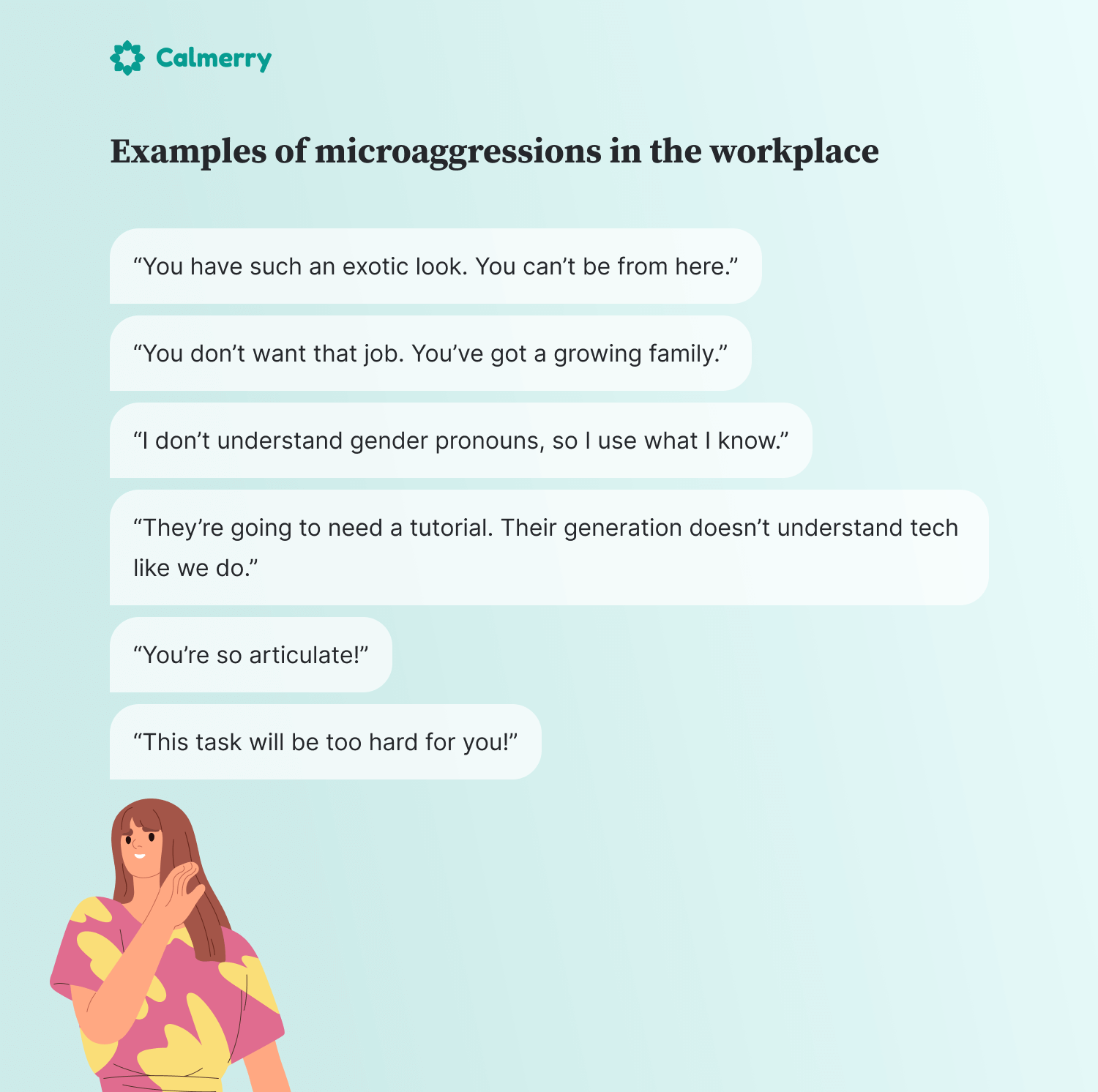
Racially/ethnically focused
“You have such an exotic look. You can’t be from here.”
Why is this a microaggression?
While it’s not wrong to be genuinely interested in someone’s ethnicity and experience, this is not the way to ask someone about their heritage.
Speaking to someone in this way objectifies them and sends the message that they are outside the norm, essentially that their racial or ethnic identity makes them “exotic” or out of place.
“You’re so articulate.”
Why is this a microaggression?
Statements like this carry underlying assumptions of intellectual inferiority. The message is that people of a particular group (generally racial or ethnic groups) are not as intelligent as White people.
“I don’t see color. All lives matter.”
Why is this a microaggression?
Statements like this speak to the concept of color-blindness. The underlying message is that you don’t need to want or need to recognize racial or ethnic diversity and that the person’s racial/ethnic history and experience don’t matter.
Gender-based microaggressions in the workplace
Not all microaggressions are racially/ethnically focused.
Describing a female manager as being too “bossy” while praising a male manager as “a leader” for the same behavior. -or- “You don’t want that job. You’ve got a growing family.”
Why is this a microaggression?
This type of microaggression speaks to the assumption of traditional gender roles and that women should adhere to certain roles and behaviors. Being an assertive female is not valued.
Comments on a woman’s appearance, sexual jokes, or innuendo.
Why is this a microaggression?
Commenting on a woman’s appearance or remarks filled with sexual undertones objectifies women and sends a message that appearance is what matters.
“I don’t understand gender pronouns, so I use what I know.” -or- Assuming someone is married to a person of the opposite sex.
Why is this a microaggression?
These statements and actions send a message of disregard or disdain for LGBTQIA2S+ people and their experiences and the assumption that everyone is hetero or cisgender and will conform to those roles.
Other common microaggressions in the workplace
Making religious or ethnic “jokes” or comments.
Why is this a microaggression?
These comments, often passed off as “jokes,” often perpetuate stereotypes and denigrate others. It sends the message that there is no room for cultural differences.
“They’re going to need a tutorial. Their generation doesn’t understand tech like we do.”
Why is this a microaggression?
Statements like this are based on ageism and assume that older employees are less capable of learning new workplace skills.
Offending using common phrases like “Indian giver” -or- “You people” -or- “peanut gallery” -or- “that’s so gay” -or- imitating accents or mocking colleagues
Why is this a microaggression?
While some phrases have made their way into common vocabulary, they are nonetheless based on bias or prejudice. These terms and behaviors are hurtful and disrespectful to the group being referred to in this way.
Of course, these are but a few of the many microaggressions one might encounter. Knowing what they are and how to handle them when they occur is an important part of today’s workplace environment.
And knowing what to do can help you get through these painful encounters and take care of yourself.
How to respond to microaggressions
When it comes to addressing microaggressions in the workplace, it’s important to be mindful of your workplace policies regarding such behavior.
As awareness increases, many companies are putting policies and processes in place to address issues like microaggressions. Exactly what that process looks like will vary from company to company.
If your company does not have a policy, you may choose to seek out support from your supervisor or HR, or you may decide to handle it on your own.
Know that you have options
If you are the recipient of a microaggression, the first thing to know about responding to microaggressions is that you have options. You can respond in the moment or later on or let it go. The choice is always yours.
Dr. Derald Wing Sue talks about the “catch 22” [11] Sue, D. W., Capodilupo, C. M., Torino, G. C., Bucceri, J. M., Holder, A. M. B., Nadal, K. L., & Esquilin, M. (2007). Racial microaggressions in everyday life: Implications for clinical practice. American Psychologist, 62(4), 271–286. https://doi.org/10.1037/0003-066X.62.4.271 of responding to microaggressions. On the one hand, letting it go is not an uncommon response. However, letting it go carries with it the emotional toll that comes with unresolved issues, such as resentment and regret.
Responding, on the other hand, runs the risk of the perpetrator becoming defensive and more confrontational.
Deciding what to do isn’t always easy.
Dr. Kevin Nadal created A Guide to Responding to Microaggressions. He recommends considering 5 questions when deciding on a response to microaggressions:
- If I respond, could my physical safety be in danger?
- If I respond, will the person become defensive, and will this lead to an argument?
- If I respond, how will this affect my relationship with this person?
- If I don’t respond, will I regret not saying something?
- If I don’t respond, does that convey that I accept the behavior or statement?
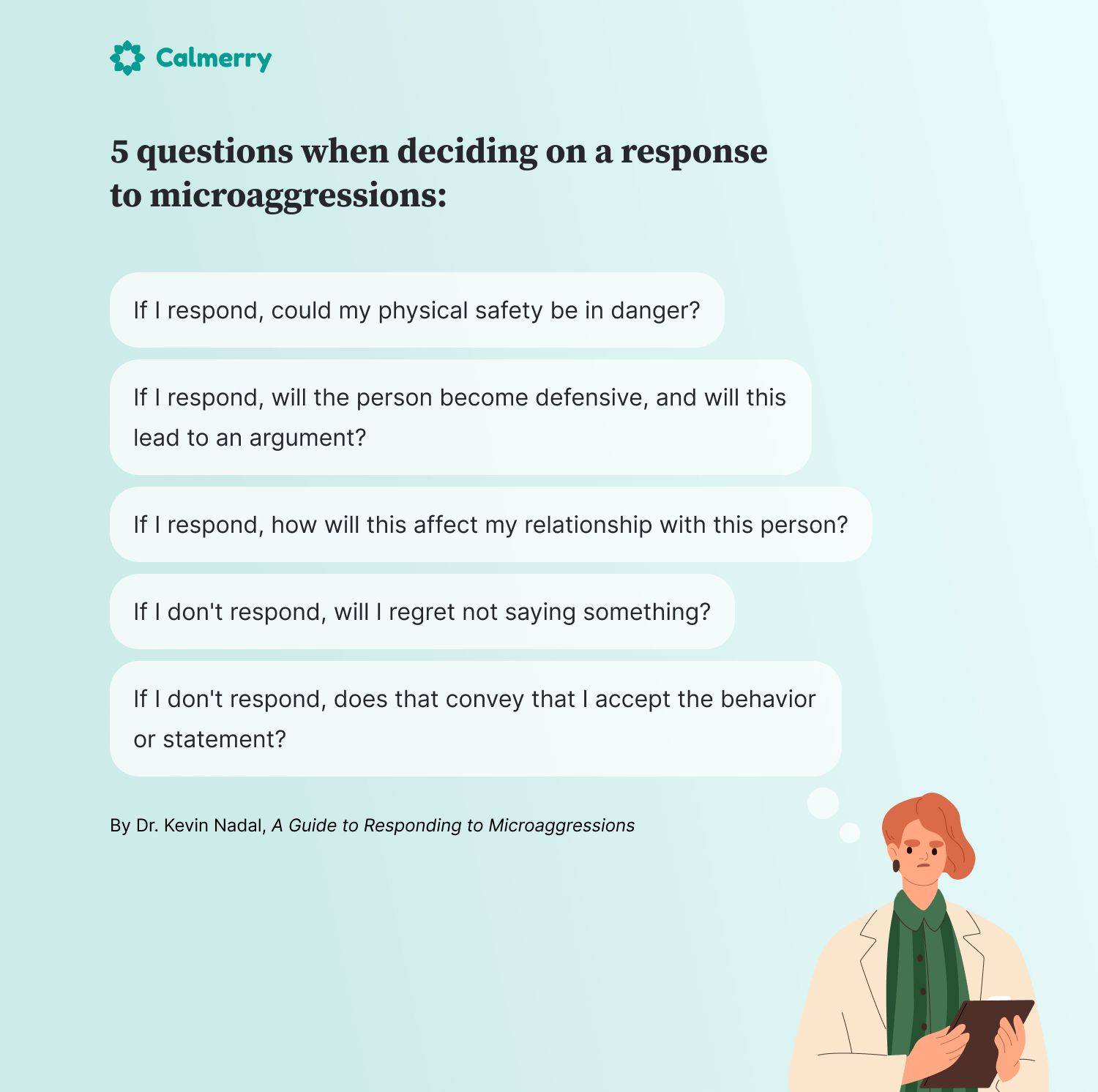
Respond assertively
If you decide to confront a microaggression, there are ways to be prepared. Diane Goodman, a social justice and diversity consultant, has compiled a list of statements you can use to respond to microaggressions.
She recommends being prepared with these three tactics:
- Ask for more clarification: “Could you say more about what you mean by that?” “How have you come to think that?”
- Separate intent from impact: “I know you didn’t realize this, but when you __________ (comment/behavior), it was hurtful/offensive because___________. Instead you could___________ (different language or behavior.)”
- Share your own process: “I noticed that you ___________ (comment/behavior). I used to do/say that too, but then I learned____________.”
Seek support
One of the most important things you can do is seek support from peers and allies who understand your experience and can validate your feelings.
Having a support community gives you a safe space to vent and find healing. Others who have had similar experiences may also offer insight and resources for coping.
How to prevent microaggressions in the workplace
Preventing microaggressions in the workplace involves more than simply having a company policy.
It requires awareness and commitment from every employee, from the CEO to the front desk and everyone in between.
No matter your role, there are things you can do:
- Advocate for education – They say knowledge is power. Learning about microaggressions can go a long way toward stopping microaggressions in the workplace. Advocate for learning opportunities or attend trainings or workshops if they’re offered.
- Be an ally – Advocate for others when you witness microaggressions in the workplace. Lend your support when needed.
- Increase awareness – Become aware of your own biases and prejudices.
As managers and HR professionals, you play a crucial role in creating a healthy and inclusive workplace. If you’re looking to deepen your understanding of microaggressions and support your employees in coping with these issues, consider reaching out to the experts at Calmerry.
Our dedicated therapists and coaches specialize in workplace dynamics, helping employees and leadership navigate challenges and foster a respectful environment.
What to do if you’ve committed a microaggression
Sometimes, despite awareness and best efforts, people fall short. What if you’re the one who committed the microaggression? Can you repair the relationship with a coworker?
- The first thing to do is own your behavior. Don’t minimize it or pretend it didn’t happen. It did, and your colleague is hurt.
- Use this experience as an opportunity to listen and learn. Listen with the goal of understanding how they experienced what happened and why.
- Thank the person for bringing the issue to your attention and explaining why it helped for them to do so. (Understand the why.)
- Apologize. Offer an authentic apology.
- Commit to changing your behavior.
While it may not heal the relationship right away, taking steps to correct your actions lets the other person know you heard them.
Take care of you
Dealing with microaggressions is never easy and can take a toll on your well-being.
If you find yourself in this place, seeking out a therapist can help you to process and validate your feelings about what’s happened and find healthy, empowering ways of coping.
Finding a therapist to help is easier than ever. Online therapy is accessible and convenient. And it’s effective. You can schedule your sessions on your time and see someone right from the comfort of your home.
At Calmerry, we have therapists who are culturally competent and experienced in working with workplace issues such as microaggression. Our trained therapists can help you find the solutions that are right for you.
Microaggression. (2023, August 13). In Wikipedia. https://en.wikipedia.org/wiki/Microaggression
Garibay, J. C. (2014). Diversity in the Classroom (UCLA). https://equity.ucla.edu/wp-content/uploads/2016/06/DiversityintheClassroom2014Web.pdf
Study: microaggressions in the workplace | SurveyMonkey. (2023, August 9). SurveyMonkey. https://www.surveymonkey.com/curiosity/microaggressions-research/
Women in the Workplace 2022. (2022, October 18). McKinsey & Company. https://www.mckinsey.com/featured-insights/diversity-and-inclusion/women-in-the-workplace
Lloyd, B. C. (2022, September 28). One in Four Black Workers Report Discrimination at Work. Gallup.com. https://news.gallup.com/poll/328394/one-four-black-workers-report-discrimination-work.aspx
Active allyship: Do your LGBTQ+ employees feel supported and included? (2022, June 29). McKinsey & Company. https://www.mckinsey.com/featured-insights/diversity-and-inclusion/active-allyship-do-your-lgbtq-plus-employees-feel-supported-and-included
Pascoe, E. A., & Smart Richman, L. (2009). Perceived discrimination and health: a meta-analytic review. Psychological bulletin, 135(4), 531–554. https://doi.org/10.1037/a0016059
O’Keefe, V. M., Wingate, L. R., Cole, A. B., Hollingsworth, D. W., & Tucker, R. P. (2015). Seemingly Harmless Racial Communications Are Not So Harmless: Racial Microaggressions Lead to Suicidal Ideation by Way of Depression Symptoms. Suicide & life-threatening behavior, 45(5), 567–576. https://doi.org/10.1111/sltb.12150
Smith, I. A., & Griffiths, A. (2022). Microaggressions, Everyday Discrimination, Workplace Incivilities, and Other Subtle Slights at Work: A Meta-Synthesis. Human Resource Development Review, 21(3), 275–299. https://doi.org/10.1177/15344843221098756
Microaggressions in Everyday Life: Race, Gender, and Sexual Orientation. (2010, March 8). Wiley.com. https://www.wiley.com/en-us/Microaggressions+in+Everyday+Life:+Race,+Gender,+and+Sexual+Orientation-p-9780470491409
Sue, D. W., Capodilupo, C. M., Torino, G. C., Bucceri, J. M., Holder, A. M. B., Nadal, K. L., & Esquilin, M. (2007). Racial microaggressions in everyday life: Implications for clinical practice. American Psychologist, 62(4), 271–286. https://doi.org/10.1037/0003-066X.62.4.271

